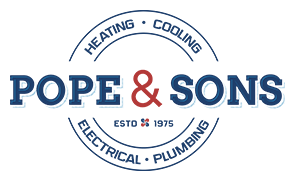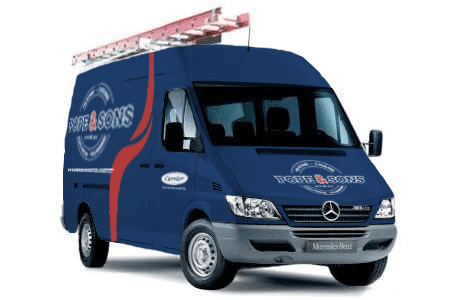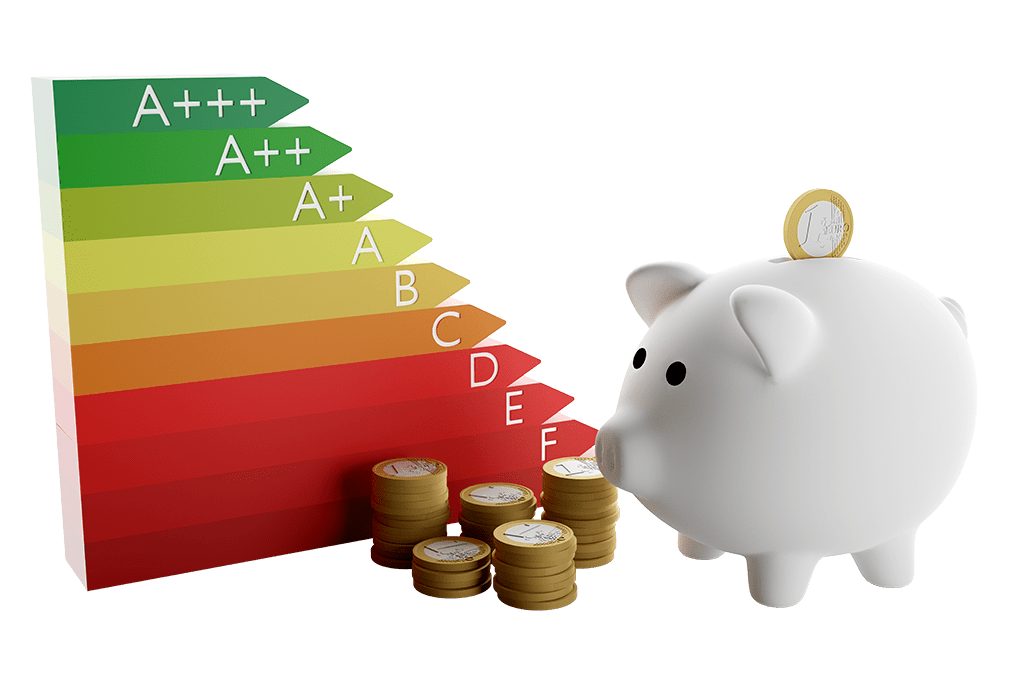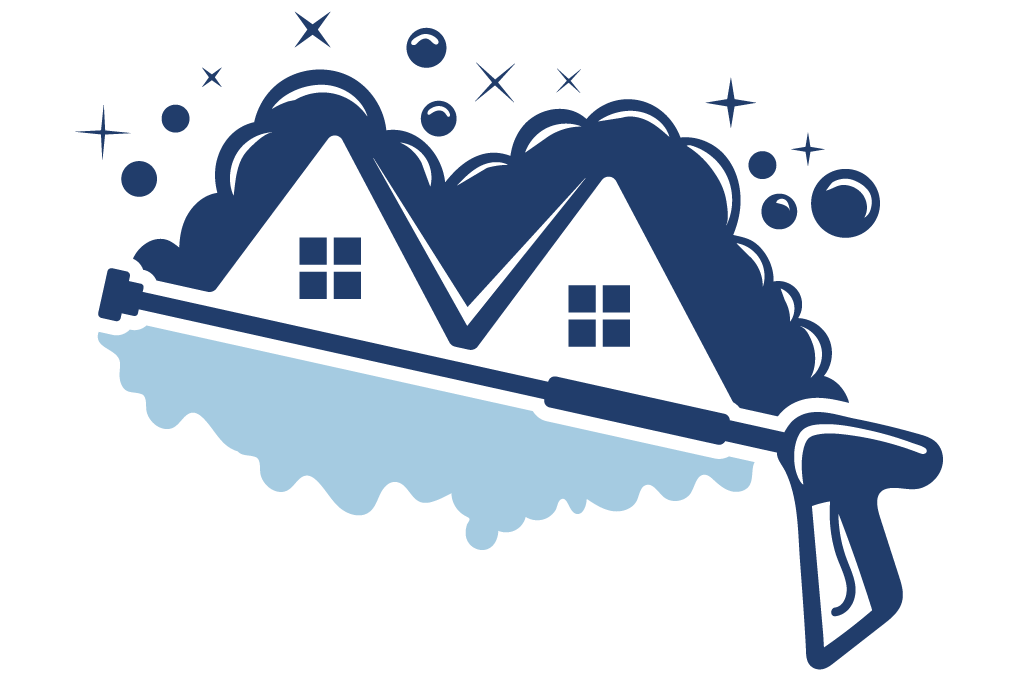Comprehensive Ventilation Checklists by Pope & Sons
Proper ventilation is crucial for maintaining a healthy and comfortable indoor environment.
Ensure Optimal Airflow and Indoor Air Quality
Request Service Now
Benefits of Regular Ventilation Checkups
Improved Indoor Air Quality
Regular ventilation checks help identify and address issues that can negatively impact indoor air quality, such as dust, mold, and allergens. Ensuring your ventilation system is clean and functional promotes a healthier living environment.
Enhanced HVAC Efficiency
A well-maintained ventilation system reduces the strain on your HVAC system, leading to improved efficiency and lower energy bills. Proper airflow ensures your heating and cooling systems can operate effectively without overworking.
Balanced Humidity Levels
Proper ventilation helps regulate humidity levels in your home, preventing problems like mold growth and structural damage. Balanced humidity also enhances comfort and protects your home’s interior.
Extended System Lifespan
Regular maintenance and inspections can extend the lifespan of your ventilation system and HVAC equipment. By addressing issues early, you can avoid costly repairs and replacements.
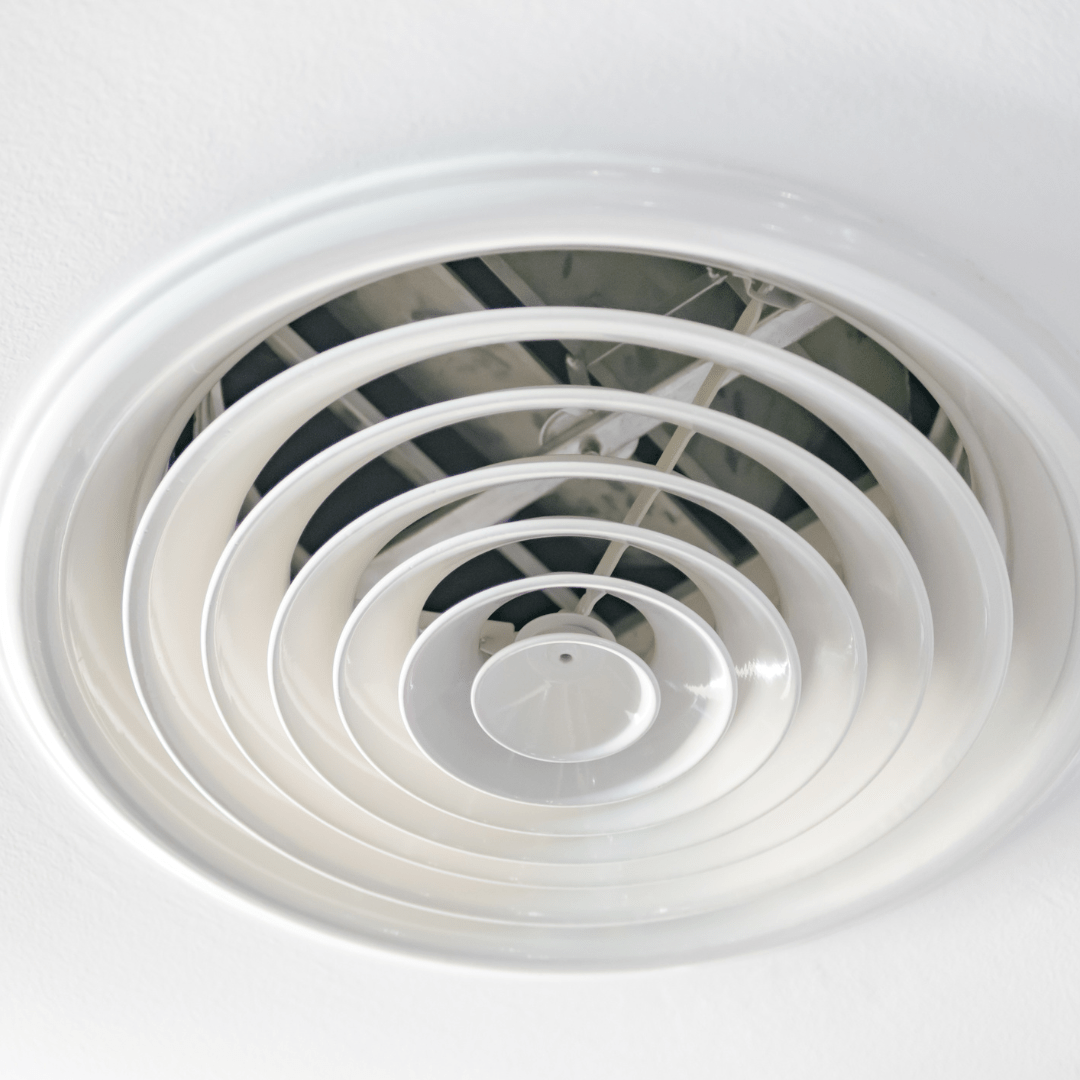

Initial Inspection Checklist
- Visual Inspection: Check for visible signs of damage or wear in ductwork, vents, and fans.
- Airflow Testing: Measure airflow from vents to ensure consistent and adequate distribution.
- Filter Check: Inspect and replace air filters to maintain clean air circulation.
- Moisture Assessment: Check for signs of moisture or condensation that could indicate leaks or poor ventilation.
- Mold and Mildew Check: Look for any signs of mold or mildew, especially in damp areas.
FAQ
How often should I check my ventilation system?
It is recommended to conduct monthly maintenance, seasonal inspections, and an annual comprehensive inspection to ensure optimal performance and air quality.
Can I perform these checks myself?
While some basic checks can be performed by homeowners, professional inspections and maintenance ensure thorough and accurate assessments, addressing issues that may not be easily detectable.
What are the signs of poor ventilation?
Signs include increased humidity, mold growth, uneven temperatures, and a musty smell. If you notice any of these issues, it may be time for a ventilation checkup.
Ready to Book?
At Pope & Sons, we are committed to delivering exceptional service and customer satisfaction.

